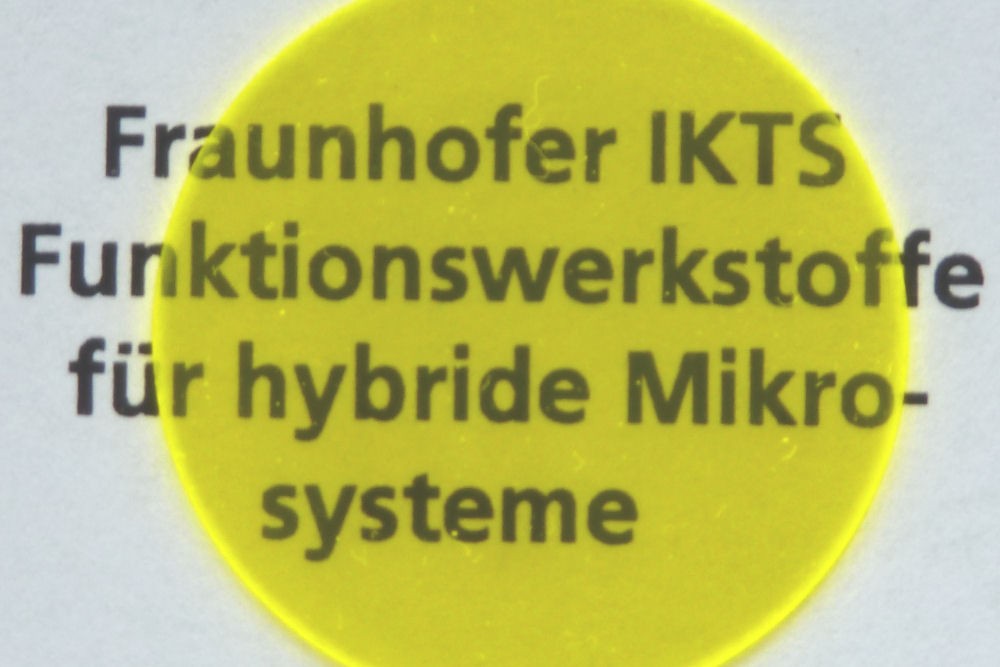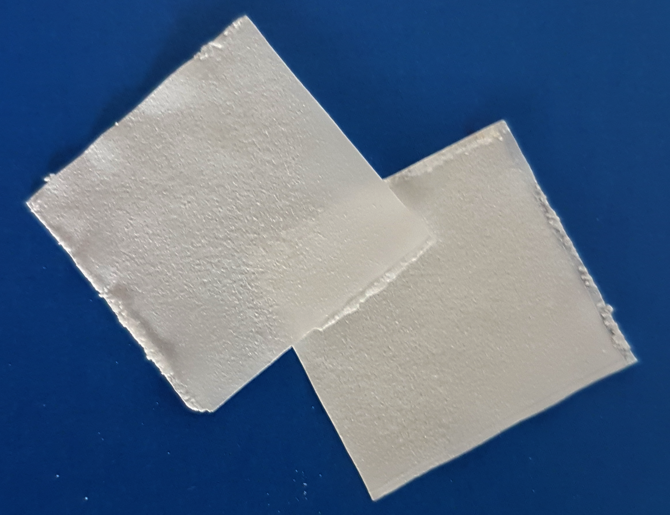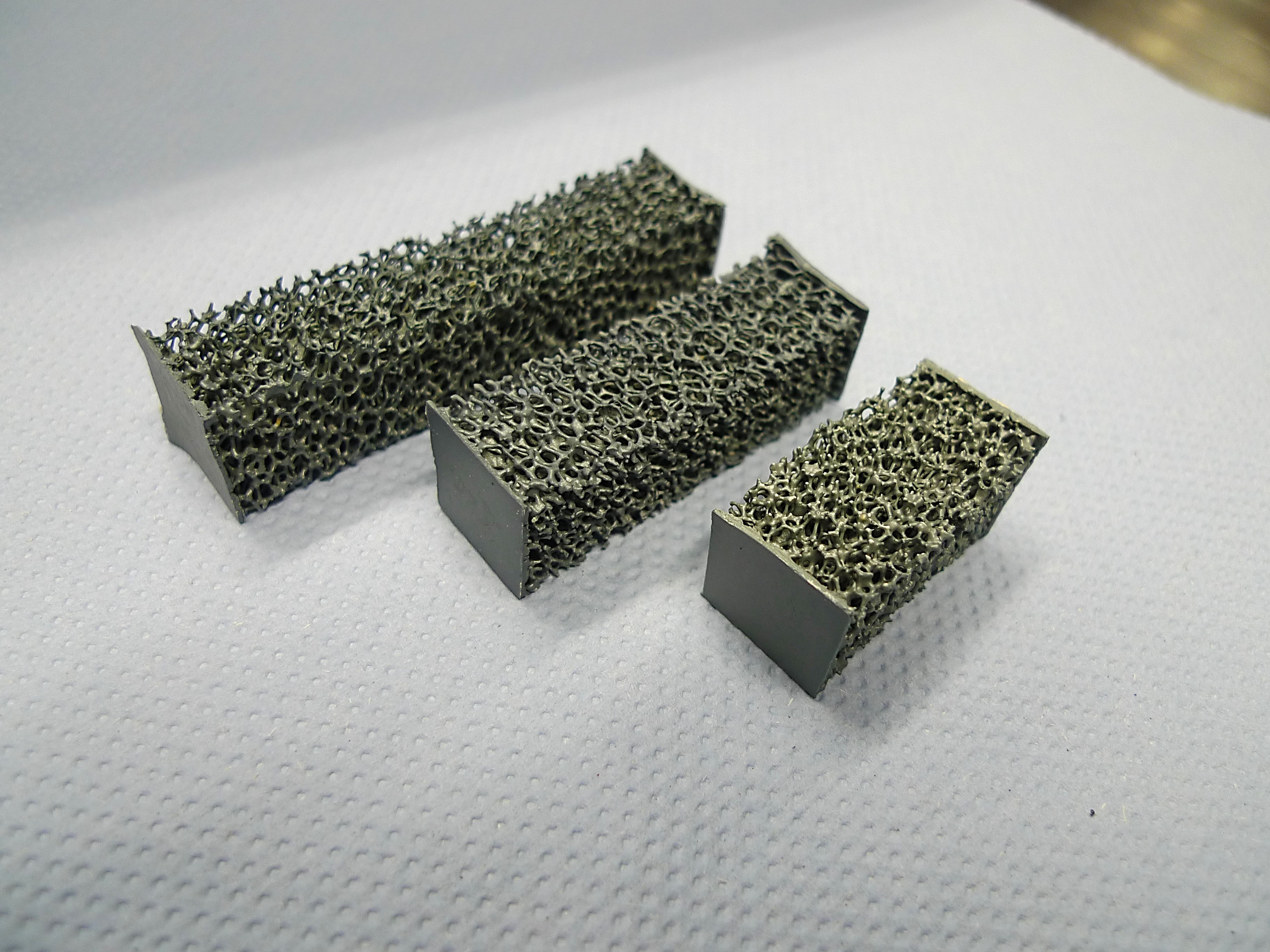Our group has decades of materials and technological experience and proven expertise in the field of functional materials. Ceramic functional materials with specific processing and application properties form the platform for a large number of innovative components, modules and systems. We have mastered the entire technology chain from material synthesis via various shaping and sintering processes to a contacted component. With the aid of various mixing and dispersing technologies, we can process functional ceramic powders into functional pastes and inks for a wide range of different applications. This is supplemented by our specialized knowledge in the production and processing of nanodisperse powders, both using wet-chemical bottom-up approaches and top-down processes by high-energy milling.
We offer service research and development directly to companies of any size. We also seek cooperation in publicly funded development projects with enterprises and research institutions. We are reliable partners for long-term cooperation in strategic development complexes. And we always remain open for new initiatives to bridge the gap between science and industry.
Services offered
- Development of new functional materials up to pilot plant scale, for example lead-free ferroelectrics
- Fine adjustment of the properties of established materials for new applications
- Adaptation of the sintering properties of functional materials and combination with compatible substrate materials for monolithic HTCC and LTCC structures
- High-energy milling to adjust the particle size distribution
- Sintering under defined atmosphere, for example controlled oxygen partial pressure
- Thick-film pastes made from our materials
- Functional material inks, especially for luminescent materials
- Processing of materials for industrial shaping processes such as tape casting or extrusion
- Advanced sputtering targets
Material systems
- Magnetic materials: Hard, soft and microwave ferrites (and other systems)
- Fluorescent materials: wide range of ceramics and colors
- Low-loss capacitor materials (high and low permittivities)
- Ferroelectrics such as piezoceramics or PTC heating materials
- Lithium conductive solid electrolytes
- Semiconductor materials for light-induced water splitting
- Ceramic substrate materials (HTCC, LTCC and lower temperatures)
- Magnetocaloric perovskites


